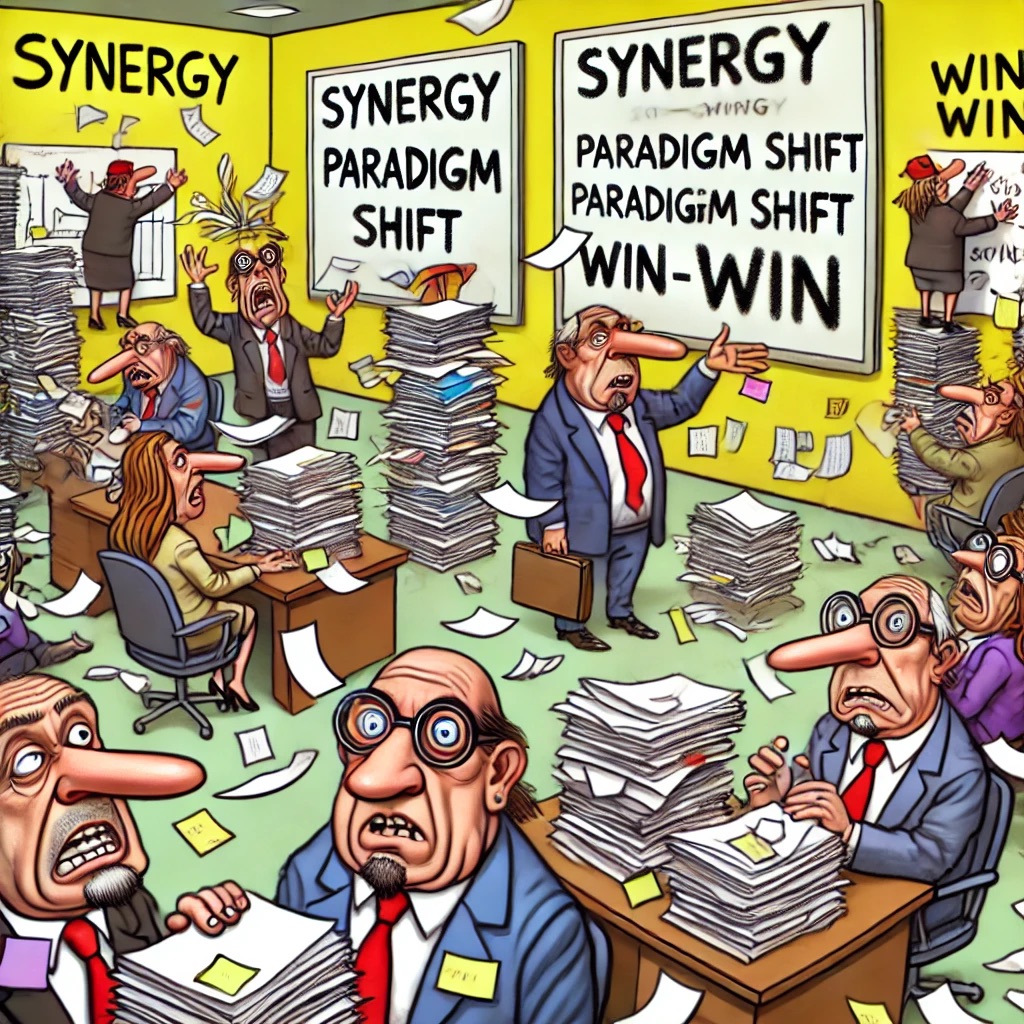
Introduction
In the previous post, we detailed how a communication consultant’s well-intentioned efforts to revamp a dysfunctional company’s communication only led to chaos. But what happened next? In this follow-up, we explore the aftermath of those initiatives and how Company Y managed to turn a bad situation into a full-blown disaster. If you thought it couldn’t get worse—well, buckle up.
The Communication Apocalypse Begins
After the initial interventions, it quickly became clear that the situation was spiraling out of control. Employees who were once just disengaged now actively avoided one another, and the company’s Slack channels became battlegrounds for passive-aggressive wars of words. The infamous “Cross-Departmental Collaboration” initiative, instead of fostering unity, gave birth to what could only be described as office tribalism.
Leadership in Crisis Mode
As leadership realized that their newfound “transparency” was actually fueling panic, they attempted to dial it back. Unfortunately, the damage was done. Employees had already lost confidence in the leadership team, and rumors of impending doom spread like wildfire. The HR department, overwhelmed by a flood of resignation letters, initiated “emergency positivity workshops” in a desperate bid to stop the bleeding.
The Final Nail in the Coffin—The Feedback Frenzy
The coup de grâce came when the company rolled out its new “anonymous feedback” tool, designed to foster open communication. Instead, it became a digital dumping ground for grievances, complaints, and unfiltered rants. The feedback frenzy reached such a fever pitch that IT had to step in to increase server capacity. But by then, the damage was irreversible. What was meant to be constructive turned out to be the ultimate office gossip machine, tearing apart what little remained of workplace harmony.
When the Consultant Became the Scapegoat
In the end, someone had to take the fall, and the communication consultant became the obvious scapegoat. With a reputation now sullied by the catastrophic fallout, the consultant was quickly shown the door, leaving behind a company more dysfunctional than when they first arrived.
Conclusion
The tale of Company Y serves as a cautionary example of how not all communication strategies are created equal. While the intent was to improve, the result was a masterclass in how things can go horribly wrong when theory meets reality. If you’re considering a communication overhaul, remember: sometimes less is more



